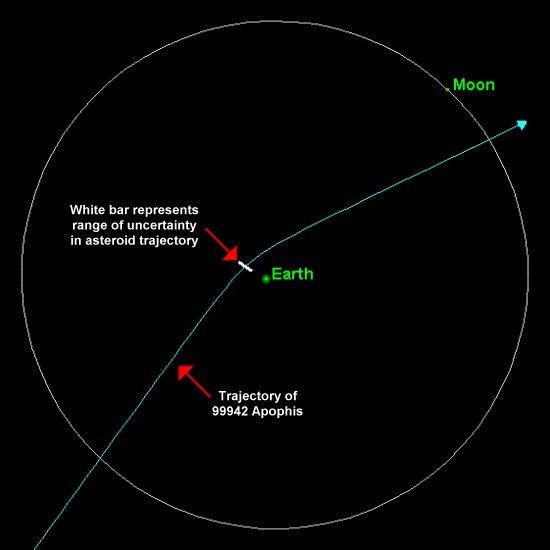Numbers can seem scary to lots of folks, but they needn't be any more intimidating than letters. Equations need not be any more confusing than sentences. In the ancient world, less than 1% of society was educated, but within this 1%, nearly all were equally versed on both language
and math. Today, the country's literacy rate is at all time highs while its math literacy rate continues to drop. There is no reason for this.
There are four (4) basic types of numbers:
1. Whole Numbers (example: 42). These are the oldest of numbers and date back over 2500 years to ancient Greece. To the greeks at this time, the number "1" (one) had a different meaning than we use today. They considered "1" as a whole
unit. Numbers to them would be things that "make up" or "compose" the complete unit.
At this time however, it became important for shepherd's to be able to understand a convey the size of their flocks for business purposes. They needed a way to describe size by numbers, this is where whole numbers were born. The limits of "counting" at this time were 1, 2, perhaps 3, and then "flock" or "a lot". As time progressed, more and more "counting" numbers were added to the Greek numeral system.
These numbers were not meant to be divided. There was no need for it. A "divided" cow wasn't worth anything because it would be dead. Therefor, most common ancient greeks had no understanding of things like fractions.
Some famous shepherds:



Eventually, the ancient greeks realized a problem though: there was no number, either Whole or Rational that would describe certain geometric shapes. For example, Pythagorus could not find a number that would be the exact ratio between a circle's circumference and area, otherwise known as
"pi". The ancients also knew of another weird ratio call the
golden mean that seemed to keep occurring everywhere in nature, yet no one could figure its exact "number." For these reasons, greek mathematicians had to develop the idea of "irrational numbers".
(Much, much later, the decimal system (example: ".5" is the same as "1/2") was developed which conveys rational numbers in an even more simplified form.)
3.
Irrational Numbers ("Pi", certain "square roots"). Rational and Irrational numbers are a case study into how math and science really needs to learn to update its terms as times change. If you are confused by the descriptions "rational" or "irrational", you are not alone. Today, its hard to think of any number not being "rational". Even more so, why even label a "fraction" as rational? The reason we have this descriptive confusion is based on time: 2500 years ago, there was a very good reason the greeks found some numbers to be rational, and others irrational.
The Greeks knew the numbers of Pi and the Golden Mean had to exist. They were real and could be "made". Circles were common. Shapes and architecture commonly used the golden mean, so how could this ratio not exist? It didn't make sense to them, hence to the ancient greeks, these numbers were not rational, but
irrational. In fact, they were considered so irrational at the time that Pythagorus, the most famous mathematician of his age, was said to have thrown one of his students overboard after the student proposed the idea of irrational numbers while on a voyage.
 |
| Pythagorus being a bore in math class 2500 years ago |
|
The rule of identifying irrational numbers became much easier after the invention of the decimal system. A number is irrational if it has a non repeating, yet infinite decimal. For example "Pi" is approximated at 3.14. But this is not the exact value of Pi. It can be further refined as 3.1415926535, yet even this is not correct. In fact, Pi has been calculated to extend the decimal out to thousands of places. The truth is, there is no exact number of Pi. The decimal places stretch out to infinity. If you ponder this a little, you too, may feel a little bit of the ancient greek's frustration and consider it "irrational" as well.
4. Imaginary Numbers ("4i" or "12i"). These are the weirest of all numbers. Here again, the term "imaginary" is not terribly accurate or helpful in today's context. A better term would be "invented". These numbers do not exist.
Imaginary numbers consist of a real number (ie, whole and rational numbers), and an "invented" number represented as "i". "i" is simply the square root of -1, a number that does not exist. Its kind of like trying to divide a number by zero, its impossible. However, in some fields of science and math, calculations become much easier to deal with and more efficient if "i" really did exist. Therefor, we separate the "real" part fromt he "invented" part. In most cases, these numbers tend to meaningless unless you are dealing with vectors (to be covered later).
As a general summary from wikipedia:
"For most human tasks, real numbers (or even
rational numbers) offer an adequate description of data. For instance, fractions such as ⅔ and ⅛ would be meaningless to a person counting stones, but essential to a person comparing the sizes of different collections of stones. In the same way, negative numbers such as –3 and –5 would be meaningless when measuring the
mass of an object, but essential when keeping track of monetary
debits and credits[2]. Similarly, imaginary numbers have essential concrete applications in a variety of scientific and related areas such as
signal processing,
control theory,
electromagnetism,
fluid dynamics,
quantum mechanics,
cartography, and
vibration analysis."
...as you can see...there is nothing to be afraid of here. Once you know the context, numbers are pretty easy to understand.






